Norway, looking to ensure the continued growth of global aquaculture, eyes spotted wolffish farming as a new candidate species
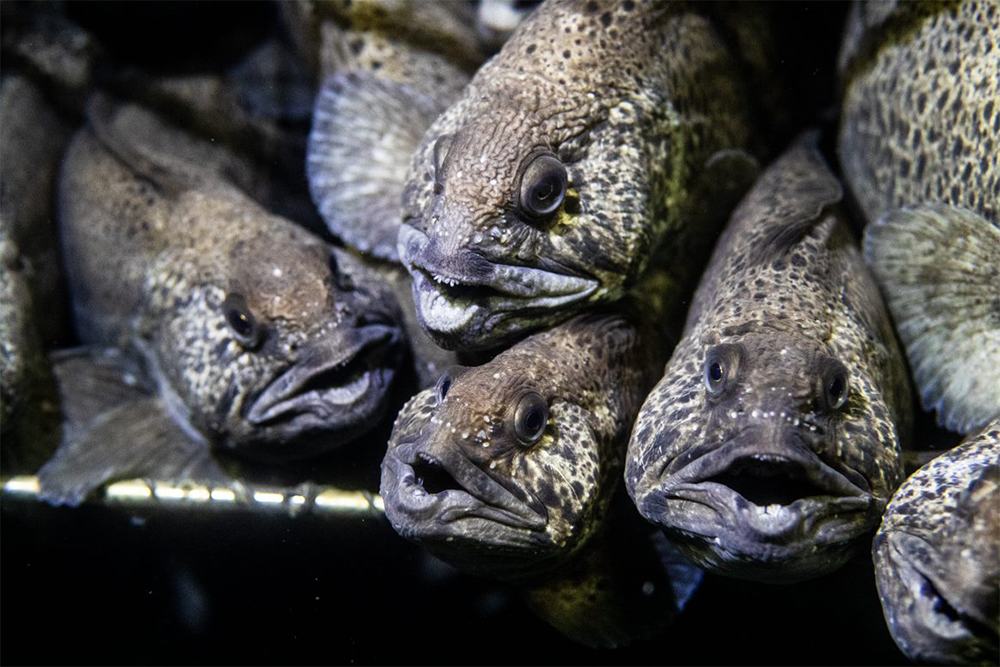
Atlantic salmon production dominates marine aquaculture in Norway – in 2020, the country produced nearly 1.4 million metric tons (MT). Trout, shellfish and seaweed are also produced commercially, but there is a growing focus on farming other marine species that are adapted to cold-water environments in order to ensure the continued growth of aquaculture.
One species that is drawing attention is the bottom-dwelling spotted wolffish (Anarhichas minor), which is harvested in the eastern Atlantic, primarily by Norway and Iceland. Because it isn’t typically found in dense concentrations, it mostly occurs as bycatch in trawl and longline fisheries. But efforts to farm it suggest that it could become prominent as a new farmed species.
Located in Meløy municipality along the Norwegian coast of Helgeland, Aminor is the world’s only commercial producer of spotted wolffish. According to Managing director Willy Sandaa, the species exhibits many traits that make it suitable for aquaculture, such as high growth rates at low temperatures, few signs of stress under culture conditions and others.
“It produces big eggs of around five to six millimeters in diameter,” he said. “When the larvae hatch, they are fully developed with a functional digestive system and can be fed immediately on dry pellets. A species that doesn’t require live feed like rotifers or algae is very unique, as it’s possible to avoid the labor-intensive and costly use of live feed. The spotted wolffish also tolerates fluctuations in parameters such as temperature, oxygen and [carbon dioxide]. It’s sturdy with no known diseases and doesn’t have a swim bladder, so it’s not expending energy by going up and down in the water column.”
Aminor’s farming method involves a series of three-meter-deep indoor grow-out tanks with shelves that take up one full side of the tank. Here, the fish stack on top of each other and can behave as they would in their natural habitat (caves or rocky hiding places). The water temperature is a consistent 4 degrees-C (39 degrees-F) and the fish are given pellets containing fishmeal, fish oil and vegetable and microalgae components. They are then reared to 3–3.5 kg (6.6–7.7 pounds) when they are ready for market. The fat content of farmed species is also higher than those in the wild (8–11 percent, compared to 2–4 percent).
Polly Legendre of Buena Vista Seafood imports spotted wolffish for wholesale markets in San Francisco, New York and Miami. She says that with its high fat and connective tissue content, mild flavor and firm texture, the species could see great success in the U.S. market.
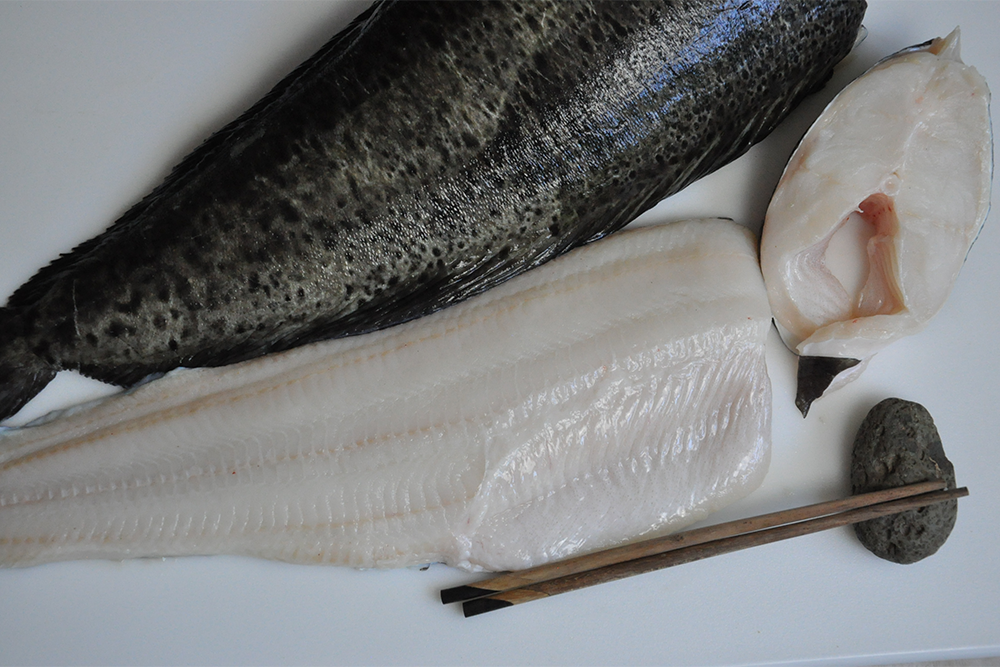
“From a chef’s point of view, it has so many positive attributes that I think they would love it,” she said. “It’s incredibly versatile. The fillets are firm, the meat holds together on skewers and the high fat content means that it’s virtually impossible to overcook it. It’s easy to eat and can be pan-fried, grilled, steamed or eaten raw. It has such a high degree of success potential that things could really take off. I think it could be the white fish of the future.”
Legendre has also been impressed by Aminor’s efforts to reduce plastic pollution during shipping by using double-sided, double-bottom recyclable cardboard boxes containing pelleted dry ice. Dry ice reduces carbon footprint significantly because it’s lighter than wet ice, reducing the weight of the boxes and leading to efficient transportation.
“This speaks volumes about taking all the steps in aquaculture correctly,” said Legendre. “This kind of commitment in the packaging and shipping stage is something that we don’t often look at enough.”
Another reason for the focus on spotted wolffish farming in Norway is the diversification of aquaculture. In 2019, the Norwegian Research Council prioritized the subject in a report on the potential of new species. Hopes are high that diversification will better equip Norwegian aquaculture to address challenges like market changes, resource fluctuations and food security issues.
Green-lighting growth: Green LED light shows promise in flounder farming
Spotted wolffish farming also offers other opportunities. For example, consumer attitudes highlight the need for aquaculture to be flexible, develop continuously and focus on species like seaweed or shellfish while incorporating new selective breeding programs could help farmed fish adapt to climate change. With ideal farming conditions, Norway’s aquaculture has huge potential for diversification, but R&D investments are key, says Sandaa.
“Nobody predicted that Norway would establish the full-scale production of lumpfish in less than 10 years,” he said. “But the funding was there for investments in infrastructure, and knowledge transfer from cod and halibut research played a part. It also took a long time for salmon farming to become profitable but the R&D was there. The world needs food, and people are asking questions, for example how to reduce CO2 footprint or shorten transportation distances. Now is a good time to look into other possibilities for aquaculture.”
Sanaa believes that farmed spotted wolffish could be one such possibility.
“The feedback we get on quality, texture and taste are better than our expectations,” he said. “The markets are there and the product is cherished. We are all positive about the future. The big challenge is that everything that we have been working on since day one hasn’t been done before. Our main focus is to start a new breeding program and establish a strong foundation before scaling up.”
Follow the Advocate on Twitter @GSA_Advocate
Now that you've reached the end of the article ...
… please consider supporting GSA’s mission to advance responsible seafood practices through education, advocacy and third-party assurances. The Advocate aims to document the evolution of responsible seafood practices and share the expansive knowledge of our vast network of contributors.
By becoming a Global Seafood Alliance member, you’re ensuring that all of the pre-competitive work we do through member benefits, resources and events can continue. Individual membership costs just $50 a year.
Not a GSA member? Join us.
Author
-
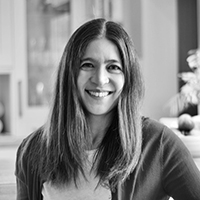
Bonnie Waycott
Correspondent Bonnie Waycott became interested in marine life after learning to snorkel on the Sea of Japan coast near her mother’s hometown. She specializes in aquaculture and fisheries with a particular focus on Japan, and has a keen interest in Tohoku’s aquaculture recovery following the 2011 Great East Japan Earthquake and Tsunami.
Tagged With
Related Posts
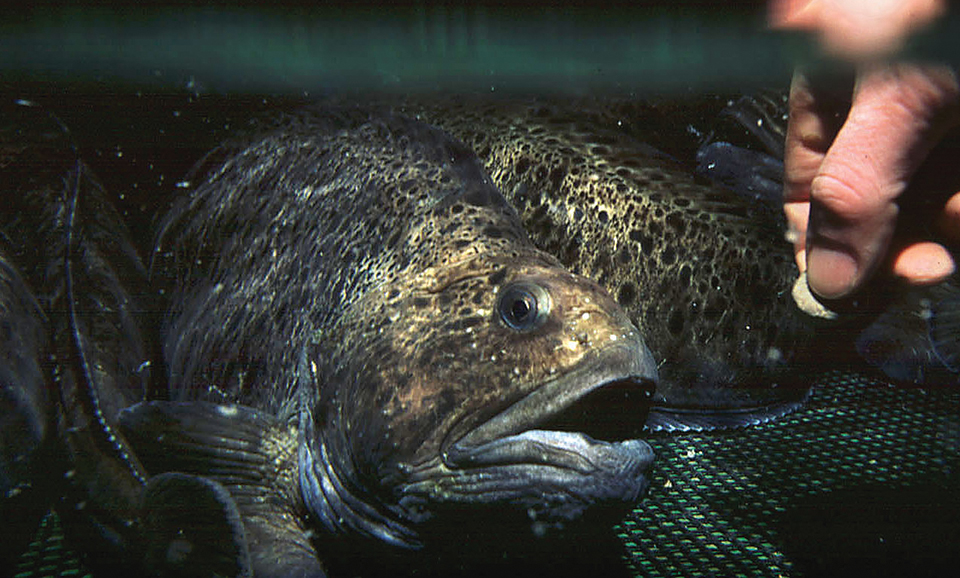
Intelligence
Spotted wolffish culture
Spotted wolffish exhibit attractive culture characteristics, including high value, high growth rates at high stocking densities, excellent fillet yield, nonaggressive behavior and few disease problems.
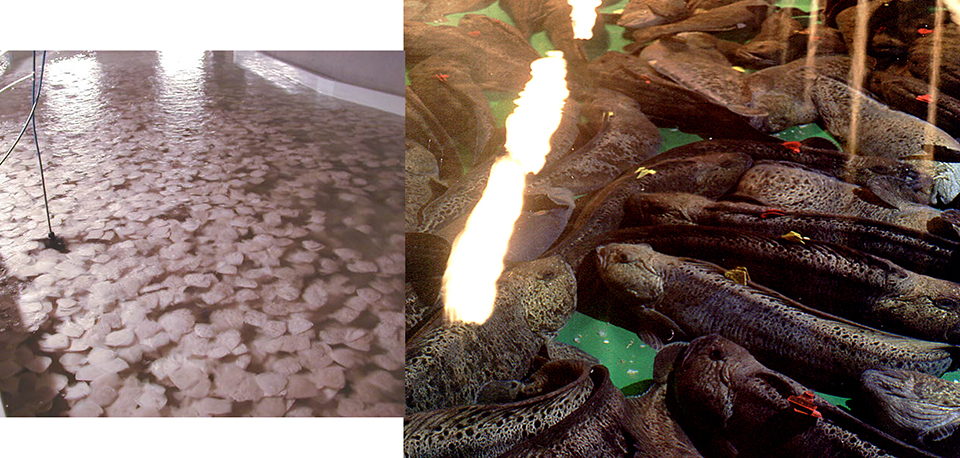
Health & Welfare
Hyperintensive systems produce turbot, spotted wolffish
The development of land-based, hyperintensive farming systems for fish and shellfish production could quickly expand in industrialized countries.
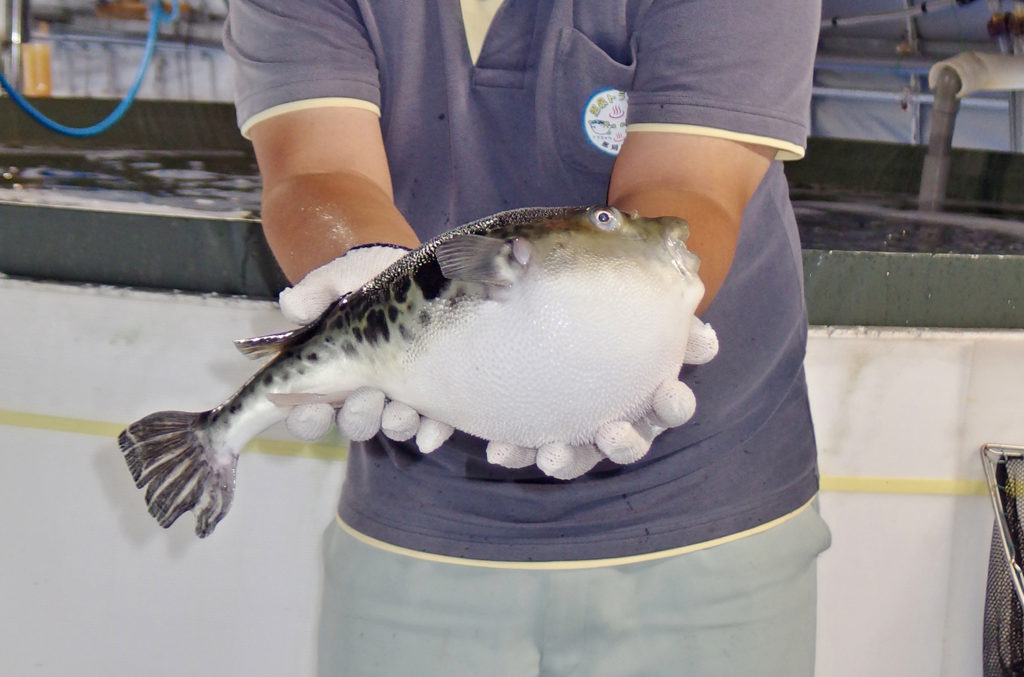
Intelligence
In Japan, tiger puffers find themselves in hot water
A technique to farm tiger puffers in hot spring water was invented to revitalize the town of Nasu-karasuyama and is now spreading to other areas of Japan.
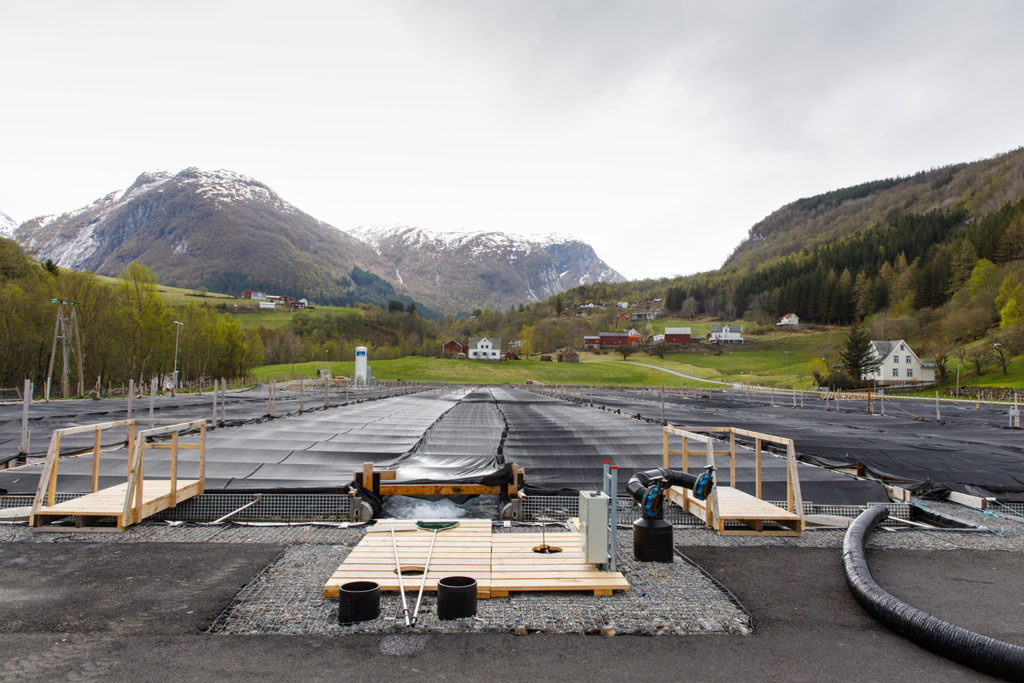
Innovation & Investment
Norway showcases halibut farm as sustainability star
Recognizing its potential as a sustainable fish producer, Norway highlights land-based halibut farmer Sogn Aqua in the debute of The Explorer digital showroom. The Advocate recently paid a visit to the farm in Ortnevik.


![Ad for [membership]](https://www.globalseafood.org/wp-content/uploads/2025/07/membership_web2025_1050x125.gif)